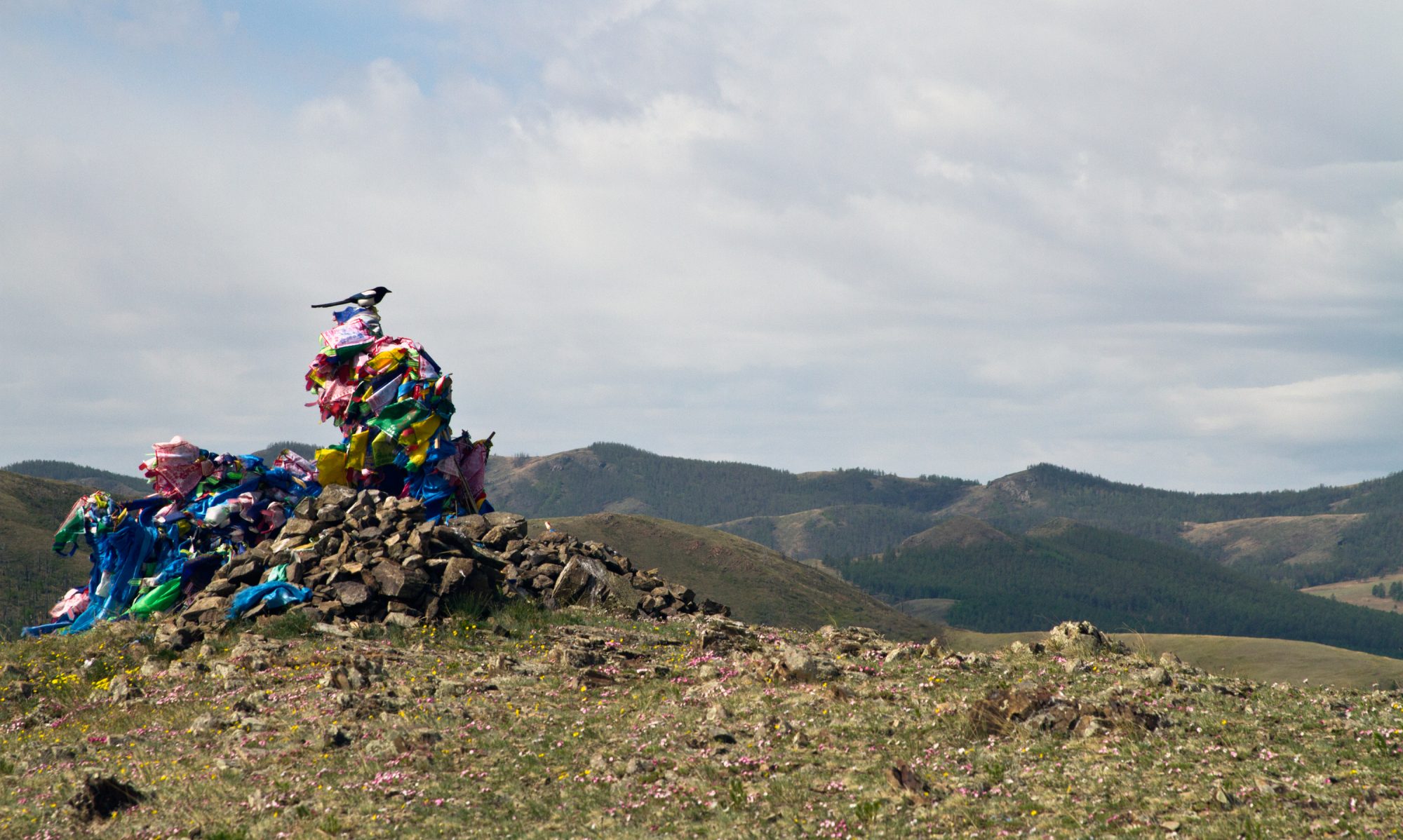The morning light on the back porch is the best light to read by. There’s an old bedframe there, the mattress support being thumb-sized metal rings, linked together in chain-mail style, hooked by springs to a square frame anchored on the end posts. The neighbor’s roof is by the left hand side and above there is a canopy of grapes, half-purpled and half still small and green.
In the space between the two, I can see the border with Karabakh, the spine of the South Caucasus. The clarity and coolness of the light between eight and nine match my book, and the air is so still my heartbeat seems to shake the bed.
The other side of the house, the street side, is where my room is; my window looks out on a stretch of street that is all dirt, stones, and rubble apart from two large asphalt continents and a few islands around them, due to a burst water pipe that runs underneath it. I can tell whether to grab a full bucket on my way into the toilet – if there’s a stream in the street outside, no, otherwise, yes.
There’s one route I take home from work in the evenings sometimes that goes high above the city, parallel to the Tabriz-Yerevan road that runs through it carrying Iranian trucks north laden with fuel and goods and south again empty, where you see the whole town all at once and it looks like a piece of red-roofed, stone-built Greece stuck here far away among these boulders and mountains with no sea for days in any direction.
